Resisting the urge to describe the subject matter as “dry,” engineering consultant Bob Williams began last night’s presentation with an acknowledgement of the obvious: stormwater is not an especially exciting topic for most people. And yet, perhaps unsurprisingly here in Decatur, a healthy crowd turned out nonetheless — drilling down on some key issues, speaking one-on-one with specialists, even staying late.
This second Drill-Down session of the city’s ongoing Unified Development Ordinance (UDO) effort was an opportunity for members of the engineering team to present on Decatur’s stormwater challenges, how those challenges are currently managed, and how they might be better managed in the future.
It’s a balancing of individual and community concerns, stressed Williams. Those at the top of a water flow may feel differently about adding a large, impervious patio than those at the bottom dealing with a flooded basement fueled by increased runoff. Accordingly, the city is not looking to reduce our present stormwater regulations. But neither are they looking to increase them. Instead, the meeting focused on exploring ways to broaden resident options and make meeting the requirements easier and, in many instances, less costly. These fell into two categories:
- Trees. Trees aren’t currently recognized, at least in the code, for their ability to absorb water and contribute to stormwater reduction. This results in trees being periodically removed to allow for required stormwater retention systems, creating a scenario in which addressing one problem (retention) exacerbates another (tree canopy). Should the UDO rectify this?
- Green Infrastructure. A variety of low-impact, lower cost, green interventions — such as permeable concrete, grass-paving systems, rain gardens and cisterns — have reached the point where they’re now proven and recognized within state ordinances. Should Decatur add these approaches to its list of choices in how homeowners can meet requirements? Which green approaches do you prefer? Is there anything we haven’t thought of?
Participant comments and ideas are being compiled and will be posted here shortly.
Here’s a collection of photos from the evening. If you were unable to make it, there are still plenty of ways to plug in and get your thoughts on the record. Provide your own ideas and recommendations in the comments section below or submit more general comments and questions directly to the city here.
See you at the next meeting.
- UDO Stormwater Meeting
- UDO Stormwater Meeting
- UDO Stormwater Meeting
- UDO Stormwater Meeting
- UDO Stormwater Meeting
- UDO Stormwater Meeting
- UDO Stormwater Meeting
- UDO Stormwater Meeting
- UDO Stormwater Meeting
- UDO Stormwater Meeting
- UDO Stormwater Meeting
- UDO Stormwater Meeting
- UDO Stormwater Meeting
- UDO Stormwater Meeting
- UDO Stormwater Meeting

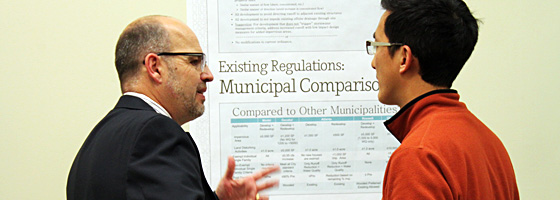
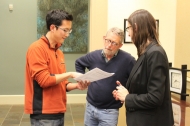
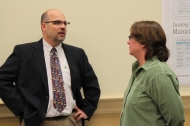
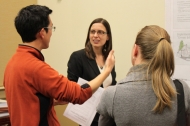
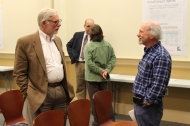
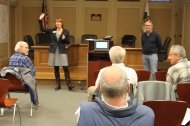
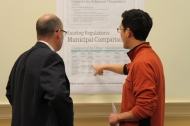
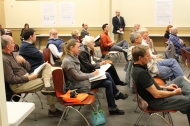

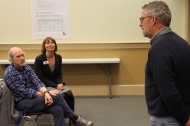

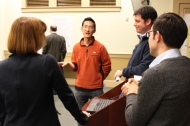
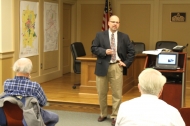
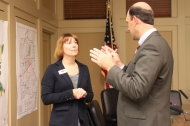

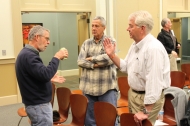
Yes, use vegetation, especially trees, to treat stormwater runoff instead of traditional engineering practices using concrete and metal. It cleans better, costs less and great for headwater watersheds like Decatur. Besides, it is a current requirement of the City’s Stormwater Permit with EPD.
Also give stormwater credit for use of trees both in the design phase of a project as well as a stormwater credit after it is built!
I have recently received a notice that I am in violation of this ordinance after adding some brick pavers next to my driveway. My impervious footprint is only 28% of my lot, but the ordinance estimates these pavers exceed the maximum of 4,058 sqft threshold by 88 sqft (or roughly a 9’x10′ rectangle). If this is the case, what is to stop inspectors from looking over fences or going on the Garden Tour in search of violations? I support green alternatives as an option in addition to increasing this arbitrary threshold of 4,058 that does not even consider lot coverage. The city should allow flexibility for residential properties (of its constituents) and direct resources to commercial and industrial properties where a greater impact can be achieved.